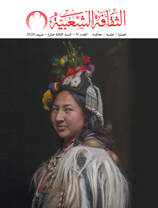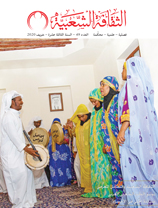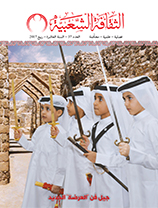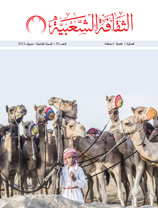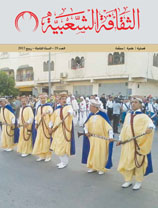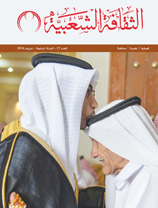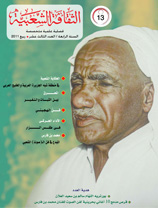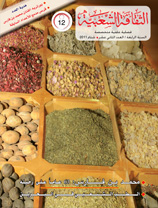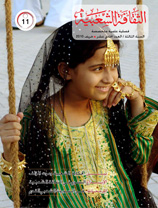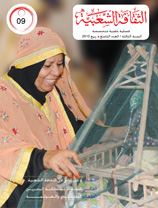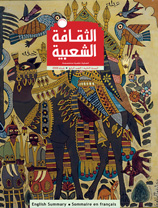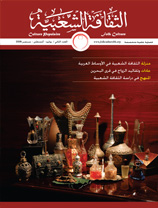Folk dances in sea oases
Issue 39
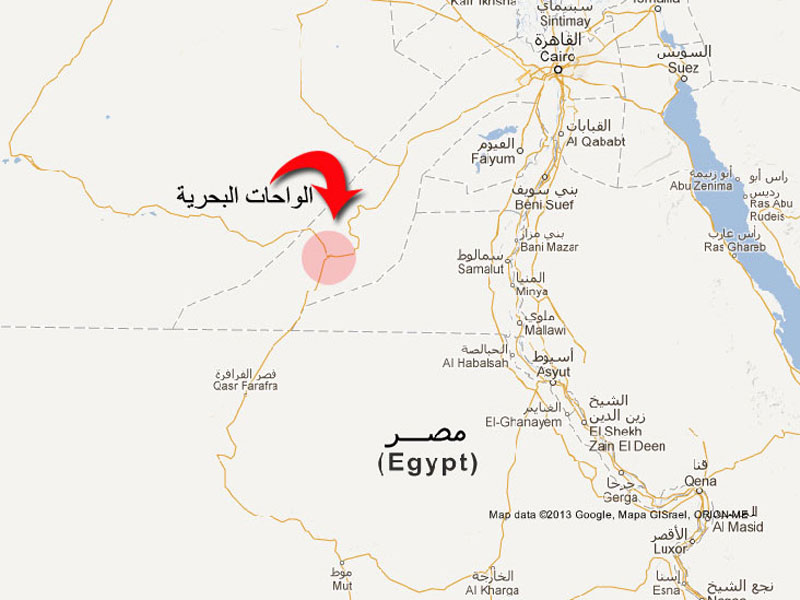
By Tamer Yahya Abdul Ghaffar, a writer from the Arab Republic of Egypt
Folk dance is influenced by geography and the environment. Its performance has often been determined by the type of work that people do. The performance relates to customs and traditions, and this is evident in the performers’ emotions.
Sea oases differ from place to place. Some are agricultural, while others are deserts. The dry weather of the desert has a considerable impact on the inhabitants of these oases; they seem to move more slowly and to be more lethargic than people in the cities. The climate also affects their lifestyles; shops, cafes and other businesses close between noon and 4 pm.
The people of the sea oases do not speak loudly, and they rarely engage in quarrels or disputes. If a dispute arises, they refer it to their elders, whose decisions are final, binding and irrevocable.
Their customs are the result of living in the desert. They are even more evident among the people of the oases because they lack agriculture, which promotes tranquillity, and this affects their movements and their folk dances.
The desert’s dryness and high temperatures throughout the year have influenced the people’s dance moves and rhythms; we observed that the dancers here mostly move their torsos.
The people of the oases hold their celebrations on the outskirts of the fields or away from their homes in structures built of local raw materials. Exceptions include wedding ceremonies, which are held in front of people’s homes, and celebrations of birthdays and other memorial days - such as the birthdays of Prophet Muhammad and his relatives - which are held near shrines.
During the celebrations, men and young boys perform folk dances, and children imitate their fathers during the celebrations. Women do not perform folk dances outside their homes.
The structures used for outdoor and indoor celebrations are made of:
- Locally-made bricks
- Woven wicker
- Dyed yarn
- Large, irregularly shaped limestone blocks stacked on top of each other and cemented together to form beautiful shapes
















